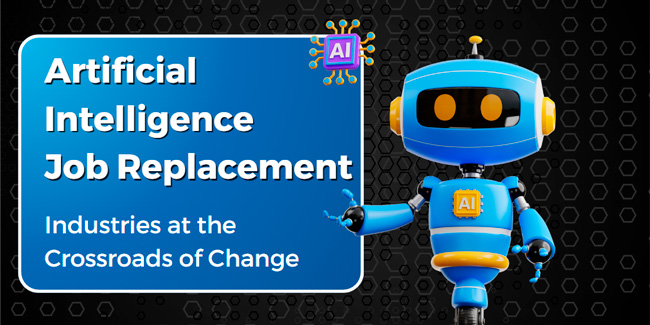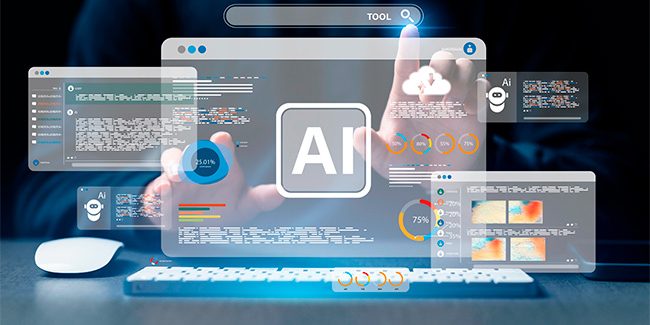

AI Hype vs. Reality: Is it an AI Bubble, and when is it going to burst?


At Introduct, we care about developers’ productivity and the way it can be enhanced. That’s why we decided to investigate the question of AI tools and their influence on productivity. As we all know, in recent years, AI tools have already made people’s lives easier and everyday tasks faster to solve. But how exactly do AI tools change the software development sector? In our article, we’re about to cover the topic of AI tools and their influence on software development. Do they really make work faster, or is it just an illusion? Recent studies have shown that in many cases, these tools do the opposite. Let’s find out!
The Productivity Paradox
Many believe that AI is great at coding and at helping with everything connected to code. But, in reality, the situation is a bit different. Trained on a huge amount of datasets, it still has problems with coding and complex tasks connected to it. That’s why METR recently conducted a study that showed interesting, though alarming, results:
- Expectation: Developers work 40% faster using AI.
- Reality: Tasks took 20% longer when using AI.
- Reason: Extra time for fixing bugs in code, not effective work.
This reflects the capability-reliability gap: While AI may look effective, it takes more time to fix its inaccurate work and bugs.
Signs of a Bubble
Even though AI studies showed the opposite results to what was expected from it, the spending on AI is huge:
- Trillions are flowing into infrastructure, models, and chips.
- 80%+ of companies experimenting with AI report no clear profit gains.
- MIT found 95% of AI projects failed to boost outcomes.
Despite the results, companies and industries are still investing in AI, waiting for a miracle. But not everything is really in vain. As Erik Brynjolfsson, an economist at Stanford University, said, every technology experiences a “productivity J-curve”: At first, it seems a bad idea to deploy the technology, and it doesn’t work the way it is supposed to. But after some time spent, they learn to integrate it correctly, and the technology becomes useful and effective. The only way to do it is to spend time and resources on studying the technology.
Moreover, companies cut their staff to use AI in software development more. Instead, what they get nowadays is wasted time redoing AI outputs instead of building reliable solutions.
The Takeaway
For now, businesses should:
- Treat AI in software development as assistive, not autonomous.
- Test tools in real workflows before scaling.
- Focus on measurable impact, not hype.
At Introduct, we help teams cut through the noise — building software that solves today’s challenges while preparing for tomorrow’s breakthroughs.
The AI bubble may pop, but solid engineering and thoughtful adoption will outlast the hype. And that’s where Introduct is ready to lead.
More Articles

AI Job Shift: Industries Job Market Transformation AI Job Shift: Industries Job Market Transformation
The topic of AI job replacement is widely discussed nowadays, as people worldwide are worried about possible jobs loss. Moreover, the rise of artificial intelligence has significantly changed many industries, shaking up job markets and how money flows. To find the perspective and ways to stay afloat, it becomes increasingly important to understand AI’s impact […]

Artificial Intelligence in Software Engineering — A Real Threat for Developers? Artificial Intelligence in Software Engineering — A Real Threat for Developers?
In the age of Artificial Intelligence in Software Engineering, more and more developers face the problem of being able to stay relevant in their field. Developers' concerns about the future of their profession are justified and might seem like a situation where people fear new technology will overtake jobs.
